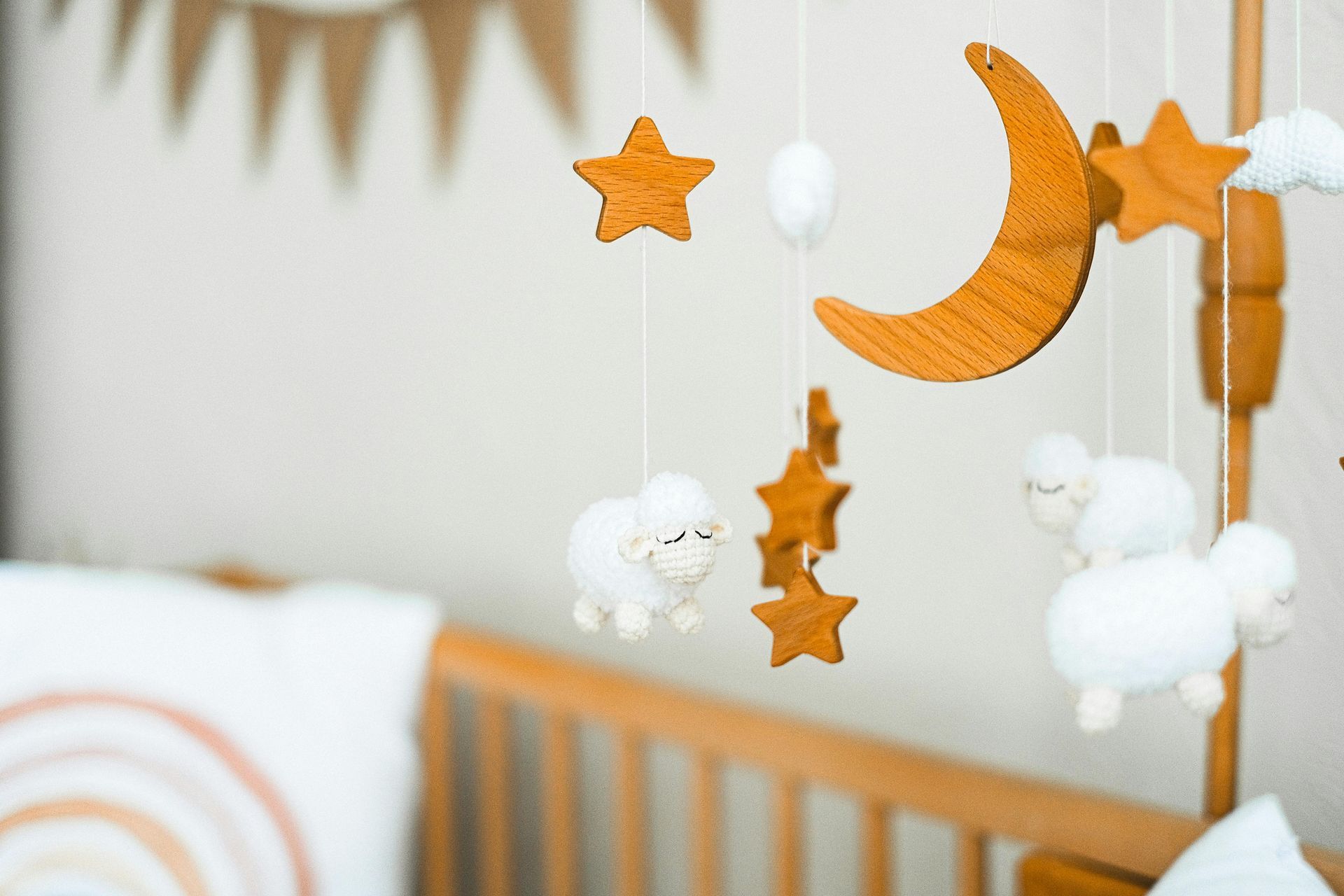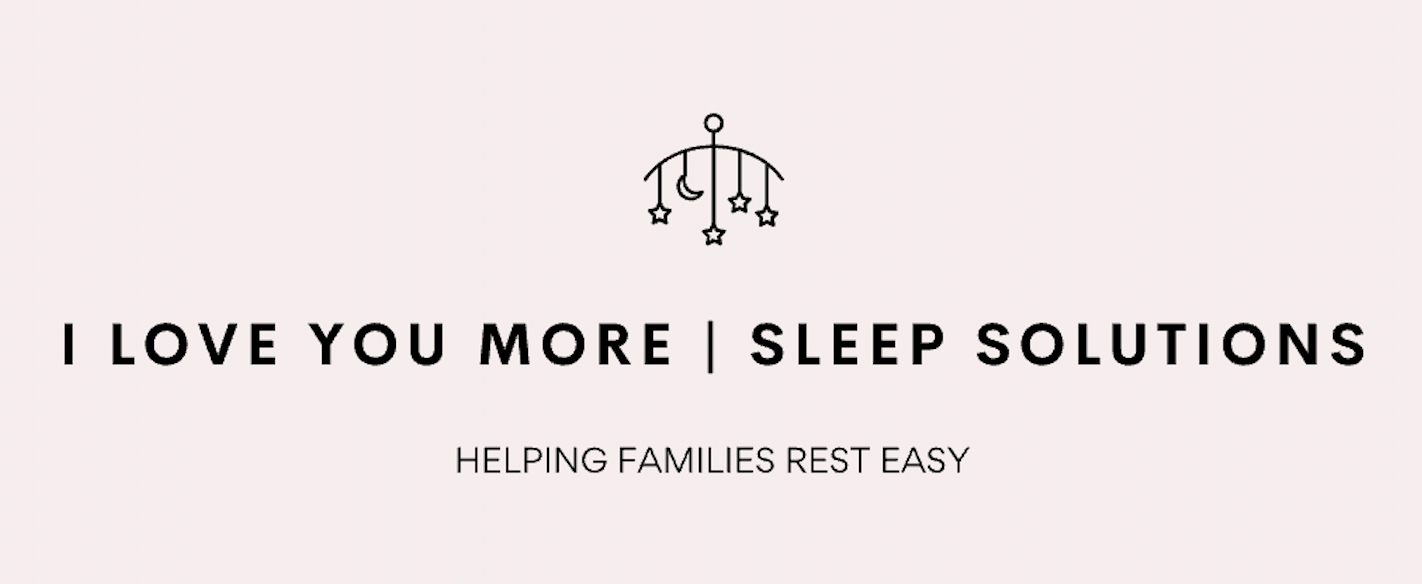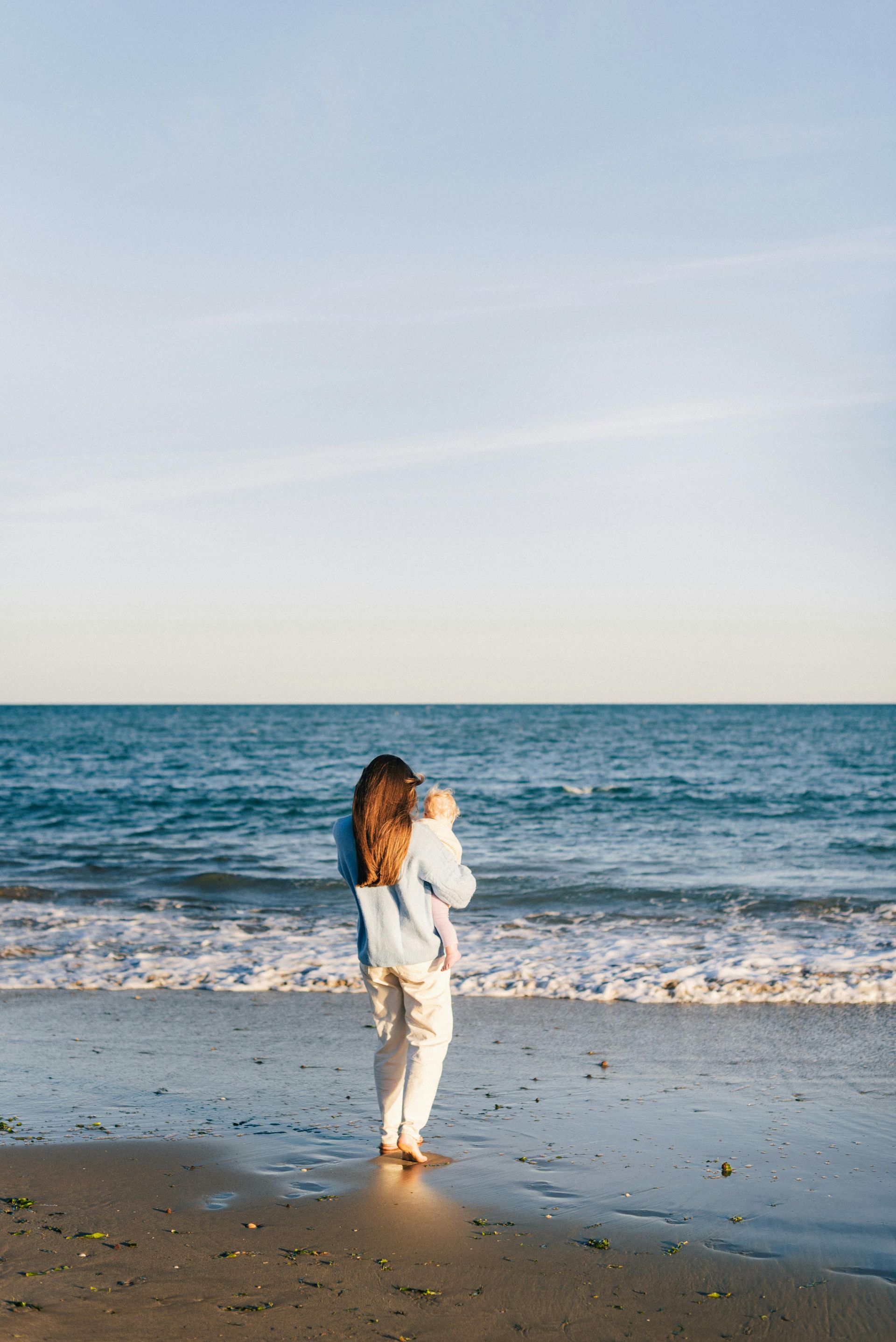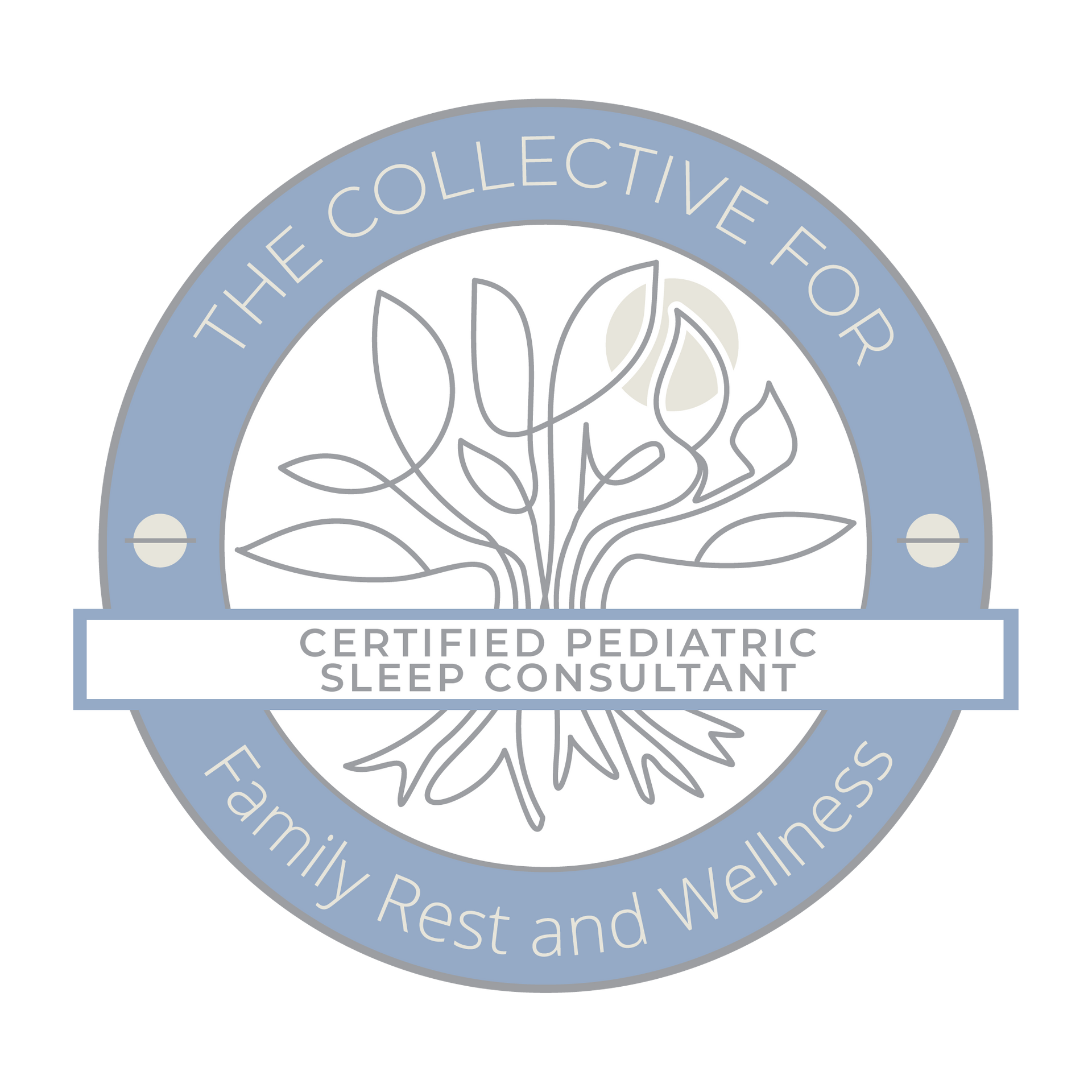How To Dress Your Baby For Sleep
As a parent, it can be hard to know how to properly dress your baby for sleep. You never want them to be too hot or too cold and it can be hard to know if they are truly comfortable in their sleep environment based on temperature. As a general rule, we want to keep them warm but with a cooler sleep environment with the room temperature between 68-72 degrees. However, with weather changes and as we go from cooler weather to hotter weather, it's important we don't stick to routine and adjust temperature and dress so your baby is comfortable. Being too hot or too cold can cause major sleep disruptions, and being cold in those early morning hours can be causing those early morning wakings you've been trying to solve! If you aren't sure how to properly dress your baby to sleep, you've come to the right place.
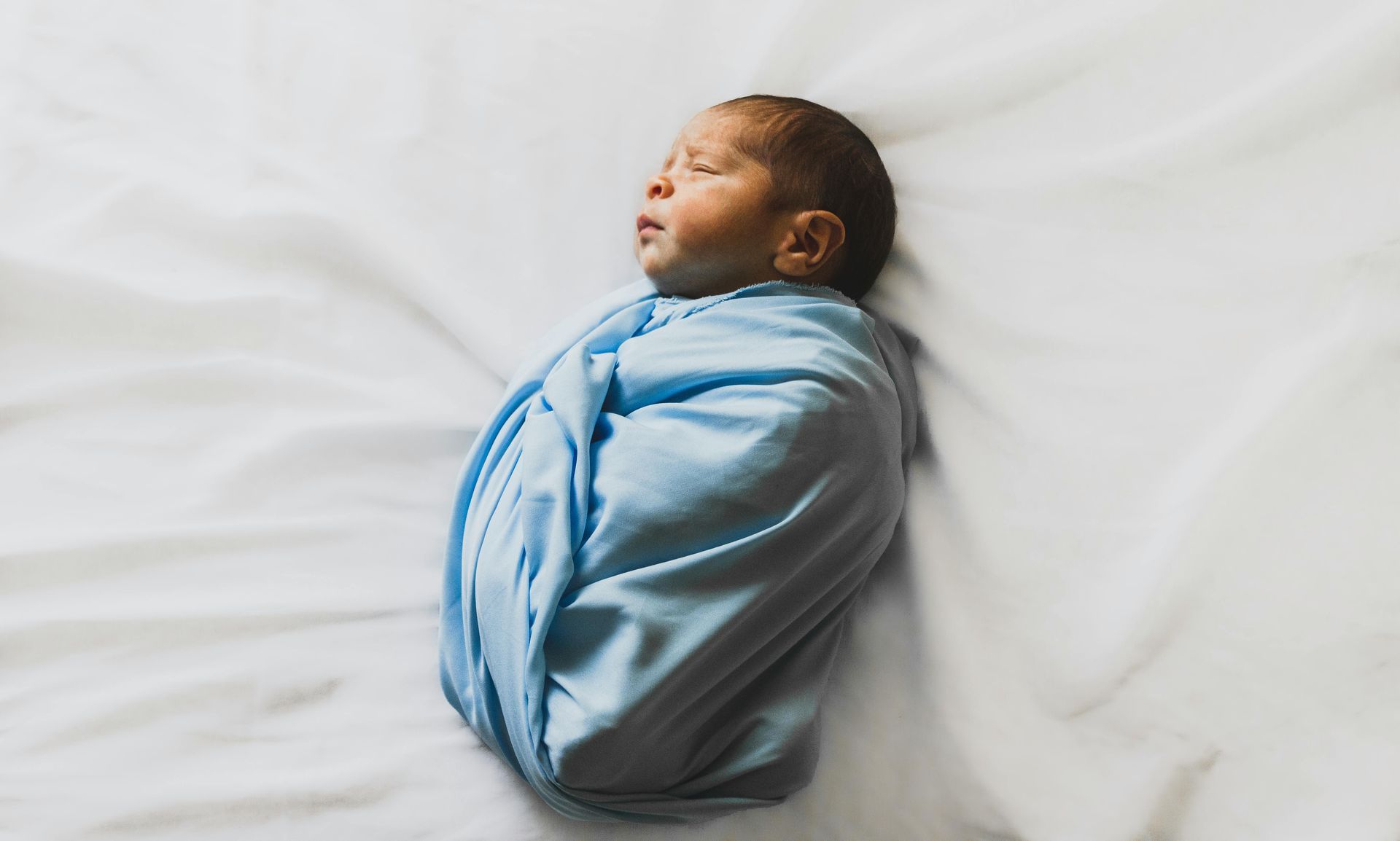
Check Your Baby's Room Temperature Before Dressing Your Baby For Sleep
Before you decide on how to dress your baby for sleep, be sure to double check their room temperature. The best sleep environment for a baby includes the following:
- Complete Darkness
- White Noise
- Cool Temperature (between 68-72 degrees)
You may be wondering why this temperature? This temperature range helps babies sleep well and maintain a healthy body temperature, while also reducing the risk of Sudden Infant Death Syndrome (SIDS). If you do not have central air or heating and are wondering how you can best help maintain the best room temperature for your baby while they sleep here are some tips:
- Dress Your Baby For The Season: If the months are turning cooler, don't keep your baby in a short sleeve onesie and sleep sack, upgrade them to a long sleeve onesie with footies to keep your baby warm and a higher TOG sleep sack. The same goes for the warmer months, don't keep your baby in Fall/Winter type clothing as the temperature gets warmer.
- Check For Signs Of Overheating: Your baby will show signs of overheating such as flushed/red cheeks, sweating on the back of the neck and nausea or vomiting.
- Use a Fan: Using a fan is a great way to keep cool air circulating throughout the room and adding extra movement to the air around them to keep them comfortable.
- Monitor The Temperature: Most baby monitors will tell you the temperature of your baby's room specifically. Monitor the temperature and make adjustments as needed.
Another good rule of thumb is to make an assumption based on how you are feeling about the temperature? Are you cold and using a down comforter throughout the night? If so, then your baby is probably cold too, make sure they are bundled up and not getting colder as the night goes on!
How Does Temperature Contribute To Your Baby's Sleep?
Have you ever had trouble falling asleep during those Summer months without central air because it is just too hot? Or been too cold getting into your bed so it takes you a while to warm up before you can fall asleep? Remember that your baby is just in a sleep sack and doesn't have a blanket to put on them or take off depending on how hot or cold they are, so how you dress them for sleep is all they have to regulate their temperature throughout the night. Keep in mind as well that the night gets colder as it moves from bedtime through to the early morning hours, so what might be comfortable at 7 PM, might not be warm enough in those 3 AM - sunrise hours. We often find that when baby's are suffering from early morning wakings it is simply because they aren't dressed warm enough and are waking from the cold! Making sure your baby is properly dressed for sleep is a great way to make sure they are comfortable and night wakings are limited.
So How Do I Dress My Baby For Sleep?
The following will show you how you should dress your baby based on the temperature of your baby's sleep environment:
- 78 Degrees+ | Short Sleeve Onesie
- 75-77 Degrees | Short Sleeve Onesie + Sleep Sack/Swaddle
- 71-74 Degrees | Long Sleeve Onesie + Sleep Sack/Swaddle
- 64-70 Degrees | Long Sleeve Onesie + Sleep Sack/Swaddle
- 61-63 Degrees | Short Sleeve Onesie + Long Sleeve Onesie + Sleep Sack/Swaddle
It is also great to find onesies that have the flaps that flip over to create mittens so you can provide comfort and warmth to their fingers and hands during colder months.
What TOG Sleep Sack Should I Be Using?
Along with the different layers that you can add on for your baby, you can also consider the TOG sleep sack that you are using. TOG stands for Thermal Overall Grade and measures the thermal insulation and warmth of a sleep sack. A higher TOG rating means the sleep sack is warmer, much like a fleece lined sleep sack. However, you should also consider the warmth of your baby's pajamas or bodysuit, as well as the temperature of the room before you decide which TOG level sleep sack you should be using.
Some examples of using a different TOG level for the temperature are:
- 75-85 Degrees | .2 TOG Sleep Sack
- 74-78 Degrees | .5 TOG Sleep Sack
- 68-75 Degrees | 1.0 TOG Sleep Sack
- 61-68 Degrees | 2.5 TOG Sleep Sack
- Below 61 Degrees | 3.5 TOG Sleep Sack
Keep in mind your child's outfit underneath the different TOG sleep sacks to make sure your child won't be too hot or too cold.
Don't Forget To Change It Up!
As the weather changes, don't forget to change up your baby's outfit for sleep. During colder months, be sure your child will be comfortable and warm throughout the night. During warmer months, you want to avoid overheating your baby at all costs. Be sure to underdress them or keep the air within 68-72 degrees with the proper dress outlined above!
